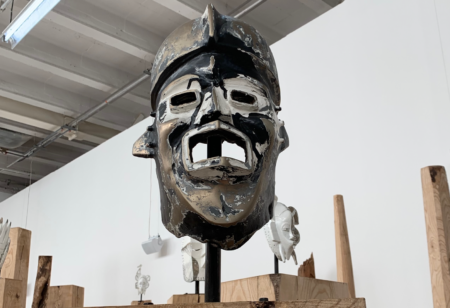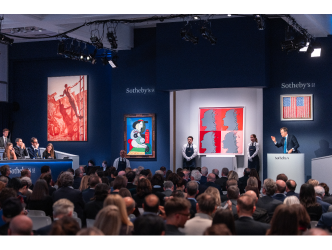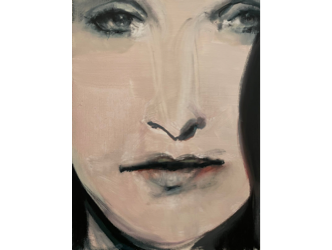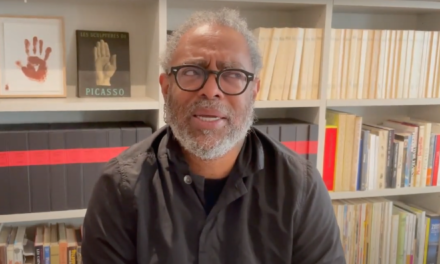Chocolate boxes and greeting cards
In our collective unconscious, impressionism is often linked to childhood memories, flashbacks featuring bad reproductions of images on chocolate boxes, cushions or greetings cards. These “artistic cliches” would depict young girls in syrupy hues running through flowers or obediently playing the piano, Japanese bridges floating in the middle of a greenish landscape, or a field of garishly red poppies stretching as far as the eye can see like tomato sauce… These trite images endure as the great enemies of the impressionist movement. When popular culture took over the movement, it became associated with an insipid or even kitsch aesthetic, placed on the same shelf as airport novels.
Musée d’Orsay
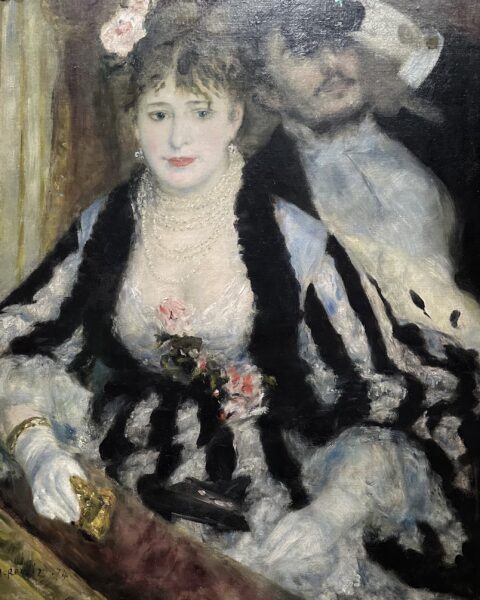
Auguste Renoir
But a rereading of these paintings today goes against all our previous visions. The major exhibition at the Musée d’Orsay which looks at the first impressionist exhibition of 1874 is an opportunity to re-evaluate the movement. It has to be said, this is an exhibition whose virtue is historical rather than aesthetic because paradoxically, as explained below, like the original exhibition it contains many artworks that are not part of the impressionist movement. This exhibition can therefore be seen as disappointing
Impressionism: too ahead of its time
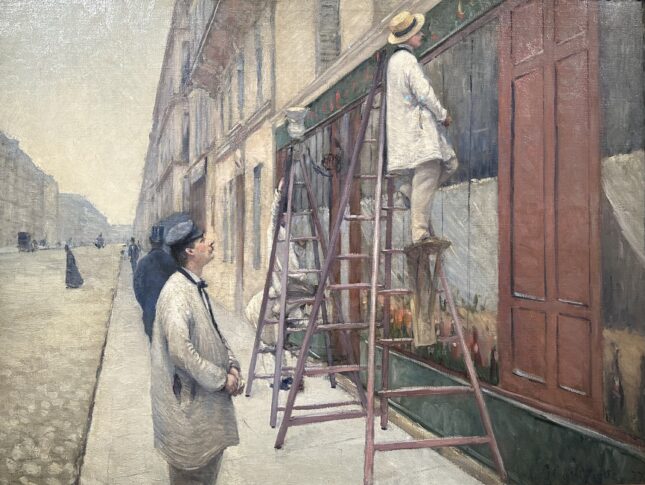
Gustave Caillebotte
The first exhibition by the impressionist group took place in Paris from 15 April to 15 May 1874 on 35 Boulevard des Capucines. The society photographer Nadar rented them his old studios. Eight rooms over two floors with natural light, which lent itself so well to this kind of painting. The artists we would now refer to as the “stars” of the group were also the initiators of the project: Paul Cézanne, Edgar Degas, Claude Monet, Berthe Morisot, Camille Pissarro, Pierre-Auguste Renoir and Alfred Sisley.
Counter the mega art exhibition

Eva Gonzalès
The goal was to express themselves freely and to sell. In concrete terms, it was meant to counter the power of the “Salon”, the official mega art exhibition that upheld the classical tradition of painting. Since the costs of staging the exhibition on the Boulevard des Capucines were high, the circle of those invited expanded to thirty-one, but the majority of the participants have now been forgotten. It was Renoir who was put in charge of hanging the 165 artworks. Sales were bad and the public didn’t like it either.
Impression , sunrise
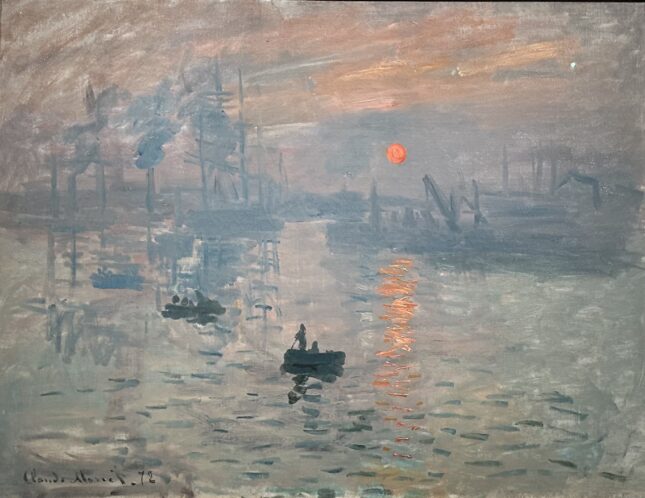
Claude Monet
In the satirical magazine “Le Charivari” on 25 April 1874 a gloomy journalist, Louis Leroy, came up with a term to describe them. They were “impressionists”, after the Monet painting that now belongs to the Marmottan museum in Paris entitled: “Impression, soleil levant” (“Impression, Sunrise”). The members of the movement appropriated his derisive description and the rest is history. Eight impressionist exhibitions took place between 1874 and 1886.
To appreciate is to support.
To support is to donate.
Support JB Reports by becoming a sustaining Patron with a recurring or a spontaneous donation.
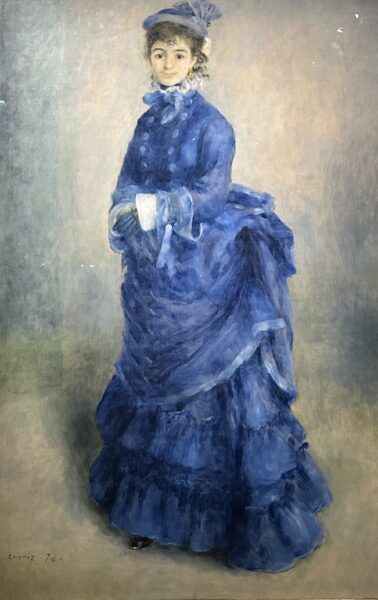
Berthe Morisot
Women in the impressionist pantheon
“Oh the dignity of work, give me the chance of earning my own living, five francs a day and self-respect.” This is the phrase highlighted by the Philadelphia Museum to introduce American artist Mary Cassatt (1844-1926) who is the subject of a retrospective in May. In 1879 this young woman took part in the fourth impressionist exhibition, but above all she would be the catalyst for the promotion of the movement in the United States.
Sylvie Patry
All the women who over time came to be associated with the impressionist group were fiercely self-sufficient. “The male impressionists treated their female counterparts as equals,” adds Sylvie Patry, co-curator of the large-scale exhibition at Orsay. In the great wave of valuation of female impressionists, the Petit Palais in Paris is staging a tribute in 2026 to Eva Gonzalez (1849-1883), another heroine of impressionism, a student of Manet’s and model for many members of the group.
Impressionism: invention of the contemporary art market
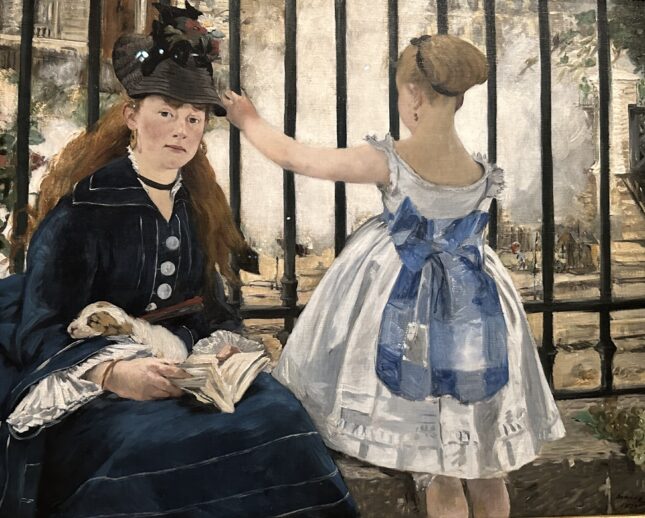
Edouard Manet
When in 1927 Georges Clemenceau opened the sublime installation of Monet’s Water Lilies at the Musée de l’Orangerie in Paris, it was also to his dealer Paul Durand-Ruel (1831-1922) that he paid homage. “From what torments did Durand-Ruel save Monet (…) in the face of ‘coalitions of mediocrities’.” He was effectively one of the great architects of the movement’s success. At the time, a lot remained to be done in the art trade. He didn’t stop inventing promotional tools for his proteges.
Durand-Ruel
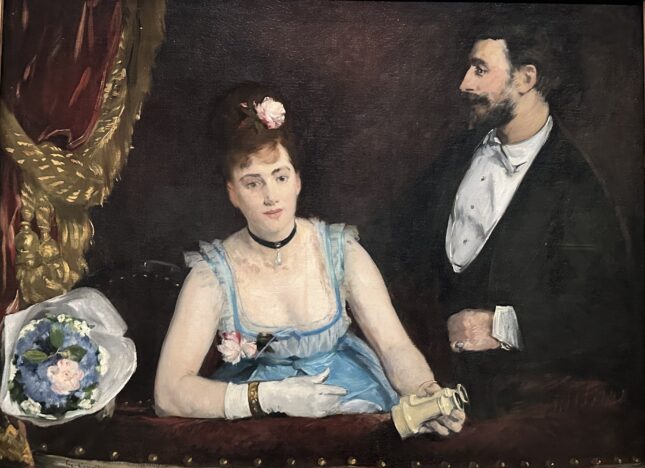
Eva Gonzalès
Durand-Ruel was the orchestrator of the market, the man who ran all over the place not hesitating to bend some of the rules of business. He exported his painters to England and the United States, organizing a “one-man-show” for them which was unprecedented. He established a very organized support system for them by on the one hand mixing with art critics and on the other with financial backers, to enable large-scale operations. He was also permanently active at the auctions at Hôtel Drouot, not just as a buyer… but also as an expert. Like if the multinational Gagosian gallerist also acted as an expert at Sotheby’s or Christie’s…
Impressionism: the great return to nature
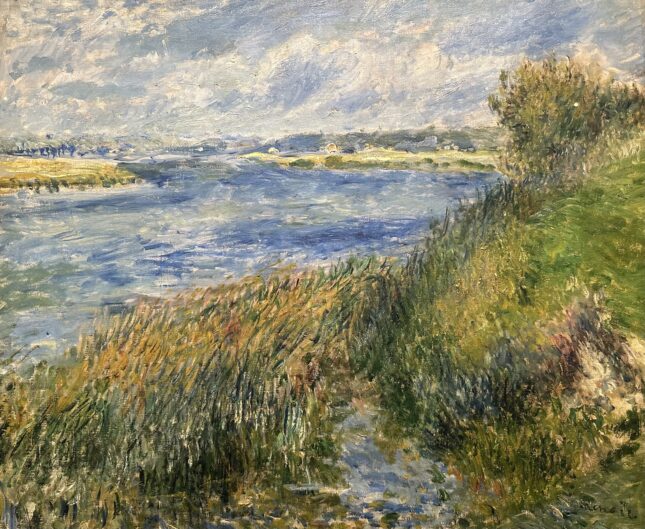
Auguste Renoir
“What was new in the impressionists was not only that they literally put themselves out in nature to paint, inventing a new way of capturing the environment, but also when they returned to their studio they wanted to create that feeling of something caught on the fly. They deliberately cultivated an unfinished look. From 60-65 Monet, Bazille, Sisley and Renoir would go out the four of them to the forest at Fontainebleau.”
Christophe Leribault

Edouard Manet
Christophe Leribault, former head of the Musée d’Orsay, gives a specific example of one of these very “nature-based” paintings: “In ‘Sur la plage’ which we are loaning to the Musée de Picardie in Amiens, we find sand mixed in with the paint. Manet really was by the sea, directly on the ground.” Philippe Piguet, Monet’s great grandson and head curator of the Normandie-Impressionist operation, also believes that “the ecological consideration is the strongest part of the movement. Their work is a counterpoint to the industrial revolution.”
Monet a painter of abstraction?
In Monet’s work the idea of a subject that is completely diluted to the point of being unidentifiable happened after a stay in London during the war in 1870. He discovered the misty landscapes of paintings by British artist Turner and the atmospheric effects of compositions by the American artist who was then living in England, James Whistler. And when he returned to Paris, what did he paint? “Impression soleil levant”, which gave birth to impressionism. At the end of his life, the Water Lilies cycles did away with motif entirely in favour of colourful sensations, an immersion within these pools scattered with the dots of colour of the water lilies.
Joachime Pissarro
For Joachim Pissarro, president of the Normandie Impressionist festival, who is an art historian in the United States and great grandson of Camille, “it would be a total anachronism to talk about abstraction in Monet. But he had a unique mental trajectory. When he made 30 versions of the Rouen cathedral at different times of the day, he is explaining how to depict the space between the cathedral and himself. In the same way Camille Pissarro, when he went to create a large studio in the little village of Eragny, from which he could only see trees, the bell tower, a river. This would then be the subject of 360 paintings and many watercolours. He had an obsessive vision, one that was serial and contemplative, which is very contemporary,” points out the impressionism specialist.
The impressive impressionist shows:
Paris 1874, inventer l’impressionnisme / Paris 1874 inventing impressionism. Musée d’Orsay then the National Gallery of Art Washington. From 26 March to 14 July. https://www.musee-orsay.fr/fr/agenda/expositions/paris-1874-inventer-limpressionnisme
150 years of impressionism. The Musée d’Orsay is loaning 180 impressionist works to museums around France, like the MUBA in Tourcoing which is receiving 60 paintings for : Peindre la nature. Paysages impressionnistes du musée d’Orsay. From 16 March to 24 June. http://www.muba-tourcoing.fr/EXPOSITIONS/
Normandie impressionniste, the festival. Almost 150 exhibits in dialogue with impressionism. From 22 March to 22 September. https://musees-rouen-normandie.fr/fr
Marie Cassatt at work. Philadelphia museum of Art. From 18 May to 8 September. https://philamuseum.org/collection/curated/mary-cassat
L’impressionnisme et la mer. Musée des Impressionnistes de Giverny. From 29 March to 30 June. https://www.mdig.fr/expositions-et-activites/expositions/l-impressionnisme-et-la-mer/
Support independent news on art.
Your contribution : Make a monthly commitment to support JB Reports or a one off contribution as and when you feel like it. Choose the option that suits you best.
Need to cancel a recurring donation? Please go here.
The donation is considered to be a subscription for a fee set by the donor and for a duration also set by the donor.

